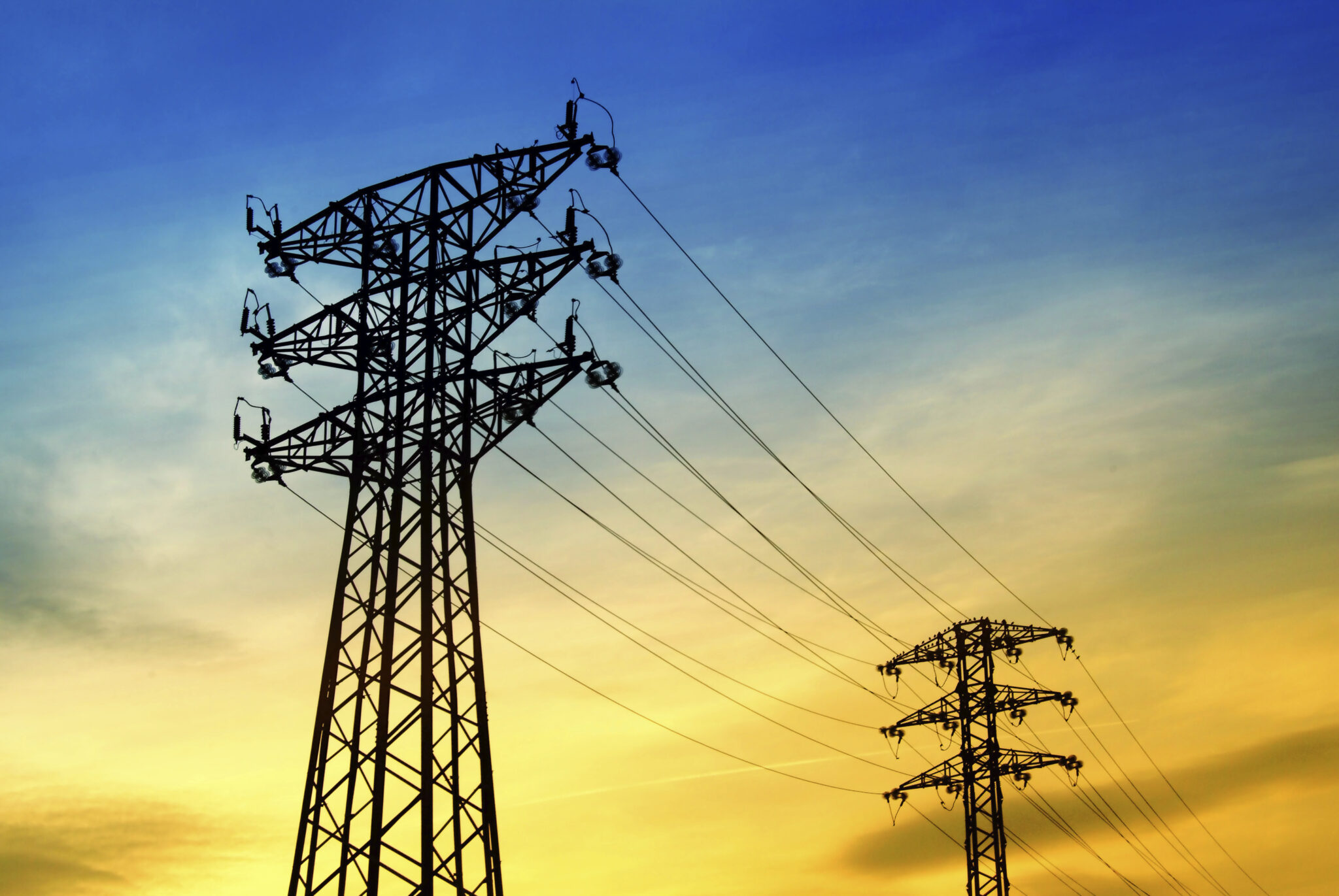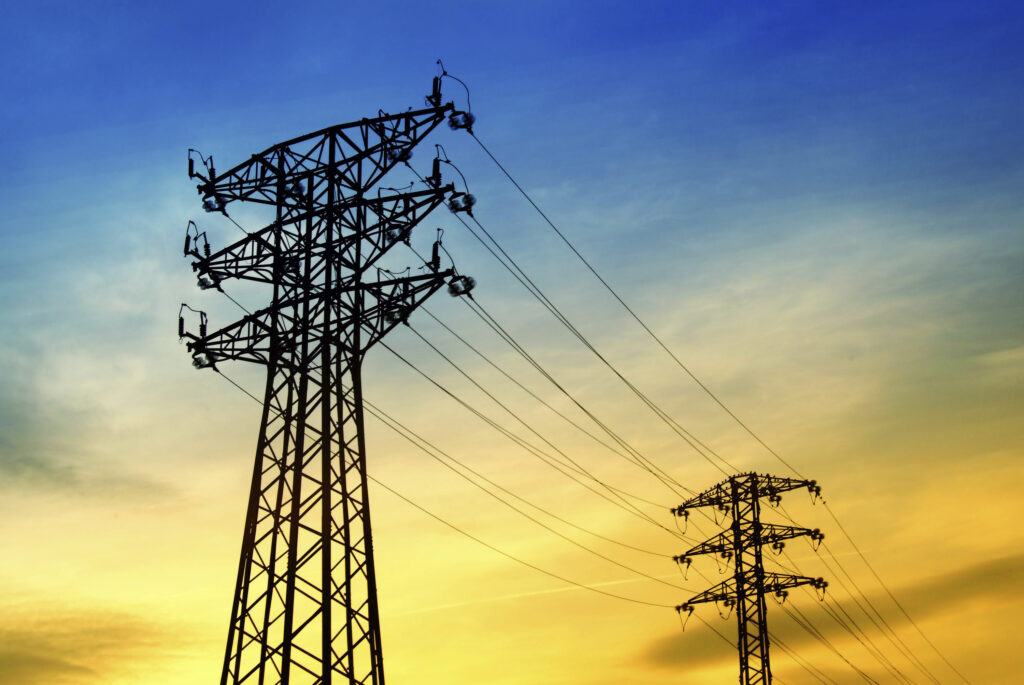Tracking Federal Spending in the Southeast and U.S. Territories

Grace Parker

The Infrastructure Investment and Jobs Act, also known as the Bipartisan Infrastructure Law (BIL), passed in November 2021. The law allocates $550 billion in new federal spending over ten years for infrastructure projects, including roads, public transit, broadband, and electric grid upgrades. With so much funding on the table, SEEA is working to ensure funds are distributed equitably across the U.S. and to underserved communities. To this end, SEEA tracked and analyzed where BIL funding has been committed, what it’s being used for, and what type of funding it is. We have published our findings in two new whitepapers, “Investing in the Southeast” and “Investing in the Territories,” with accompanying data dashboards for states and territories.
We found that the Southeast has not received a share of funding proportionate to its population. Nationally, the BIL had committed, on average, $537 per person as of January 22, 2024, compared to just $443 per person in the Southeast. For BIL grant funding, south-central (Texas and Oklahoma) and southeastern states received just $38 and $43 per person, respectively, while northeastern states received $124 per person on average. Southeastern states received funding primarily through formula funds, which are noncompetitive allocations to states and territories based on distribution formulas.
In the U.S. territories, funding for Puerto Rico contrasts starkly with other territories. Given that Puerto Rico has nearly 3.2 million people – twenty times more than Guam, the next most populous territory – it’s not surprising that Puerto Rico receives over nine times more funding than the other territories at over $650 million. However, Puerto Rico still receives a low amount of funding per capita at just $202. Although committed funding in the other territories is less than $100 million each, funding per capita matches or outpaces that of Puerto Rico and many U.S. states, with the Northern Mariana Islands and American Samoa receiving $1,553 and $1,044 per person, respectively. Unlike the Southeast, the U.S. territories receive most of their funding through competitive grants. The greater dependence on grants is notable, given the capacity required to develop competitive grant applications.
While the BIL updates the definition of infrastructure to include critical energy and environmental investments to mitigate climate change, BIL investments have so far been focused on traditional infrastructure like roads and bridges. Ground transportation is the largest category of funding in the BIL, and nearly 75% of BIL funding in the Southeast is for ground transportation. Other key categories include broadband expansion and pollution control. Puerto Rico also received the largest share of funds for ground transportation followed by pollution control and broadband, whereas other territories received most of their funding for pollution control with ground transportation comprising only about a quarter of funding. Energy conservation funding, which is dedicated primarily to the Weatherization Assistance Program (WAP) and State Energy Program (SEP), comprises about 3.1% of committed BIL funding in the Southeast and about 2.4% in the territories.
This analysis is the first installment in an annual review of federal funding, which will help SEEA identify gaps in federal support for the Southeast states and U.S. Island Territories. To see how BIL funding in your state or territory stacks up, check out our associated whitepapers and data dashboards.

